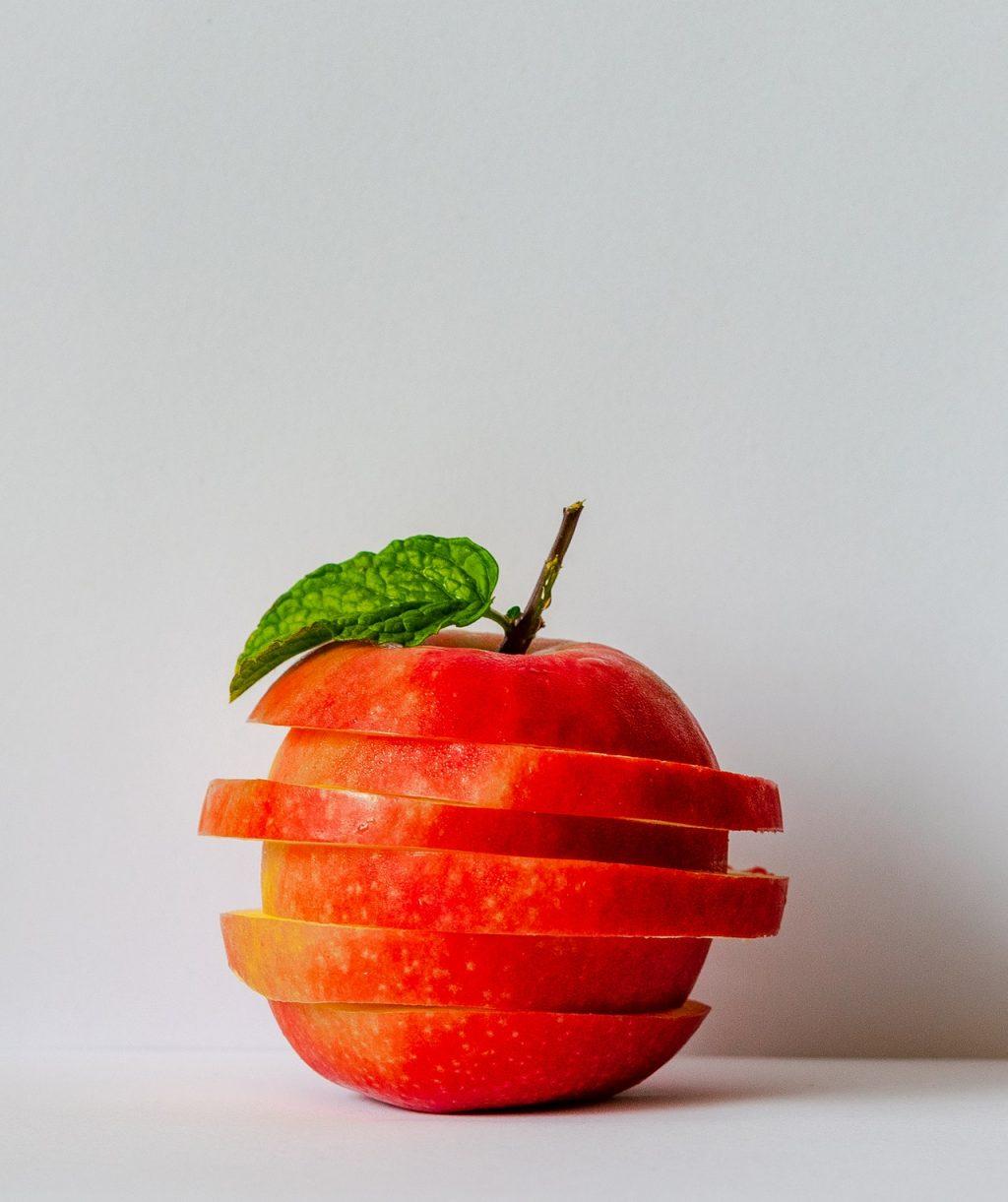New Nutrition Profiling System Could Help You Get And Stay Healthier

Photo by Gradikaa Aggi
Hundreds, maybe thousands, of studies have been conducted over the decades showing us that what we eat truly does matter. Not just the “eat this for weight-loss” kind of nutrition, but for the ultimate in health, cure and prevention of diseases and even boosts in our energy levels. Figuring out exactly what those “healthy” foods are, though, has continued to be an issue for most of us.
A new nutrition profiling system, known as the Food Compass, could end all that for us and finally make it easy to compare and contrast foods based on all their health benefits and the negatives so we can truly eat well for better health.

What Is The Food Compass?
The Food Compass was created by a scientific team at the Friedman School of Nutrition Science and Policy at Tufts. The tool helps food companies, restaurants and individual consumers choose or make the healthier foods possible while helping officials make scientifically-based public nutrition policies.
It took three years to develop this cutting-edge scientific tool, testing over 8,000 foods and beverages consumed by the average American. You can look at their findings to discover which foods are recommended, which aren’t, and which are more neutral.

How Does the Food Compass Work?
The Food Compass system scores 54 characteristics in the foods, across nine domains that represent different health-related aspects of food, mixed meals and beverages, producing a comprehensive “snapshot” of each item. The data includes consideration for chronic illnesses and diseases, such as diabetes, obesity, cancer, malnutrition and cardiovascular issues.
The components looked at include:
- Healthful factors
- Harmful factors
- Processing characteristics
- Phytochemicals
- Additives
- Impact on certain conditions (immune function, brain health, physical performance, bone health, etc.)
- Sustainability

What Are The Results?
Foods and beverages that score 70 or higher are considered “healthy” by the Food Compass, while anything ranking between 31 and 69 should only be consumed in moderation and anything 30 or below should be consumed rarely.
In some areas, you won’t be surprised what you find: snacks and sweet desserts rank as the least healthy overall (16.4) and vegetables and fruits consistently score highest. But within even that, you might be surprised that nearly all raw fruits score 100 (extremely healthy, in moderation) while the average score of vegetables was only 69.1 and legumes, nuts and seeds scored, on average, 78.6.
Starchy vegetables (potatoes, for example) rank only 43.2. Poultry ranks at 42.67, seafood at 67.0, and beef at 24.9.
To get the full picture on each food item or meal, you’ll need to check out the compass yourself and compare your food choices there.






